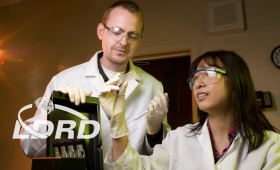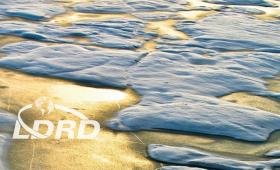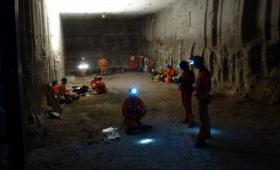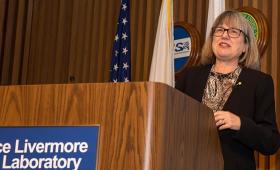We created this new video animation to explain how the Advanced Radiographic Capability (ARC) laser works.
Science and Technology Highlights

A research team has developed a novel system for recording widespread brain activity,

Veterinarians and agricultural inspectors can now turn to a newer, faster and less expensive biological detection system.

Lawrence Livermore scientists and engineers have created the first research-grade, open-architecture multibeam metal 3D printer.

A paper in the Feb. 25 edition of the journal Nature Climate Change outlines three key climate events that signified a turning point.

A joint project will harness existing particle physics research techniques to remotely monitor nuclear reactors.

A multi-institutional team present evidence that massive volcanic eruptions in the Deccan Traps region of India contributed to the fall of the dinosaurs 66 million years ago.

Livermore scientists and engineers are combining mechanical computing with 3D printing as part of an effort to create “sentient” materials that can respond to changes in their surroundings.

New research shows that synthetic solid-state nanopores can have finely tuned transport behaviors much like the biological channels that allow a neuron to fire.



